
Dear Friends,
On Sunday I took a day off and drove north through the extravagant spring of forsythia and blooming trees to spend some time at Dia: Beacon. I went just to be there, to be out of the city, a non-pilgrimage pilgrimage. It seemed a good place to aim for, without needing to know exactly what I was aiming at, the way destination and destiny speak to each other.
— Sal
P.S. This comes to you a day late, but with no less enthusiasm. Thank you for your patience!
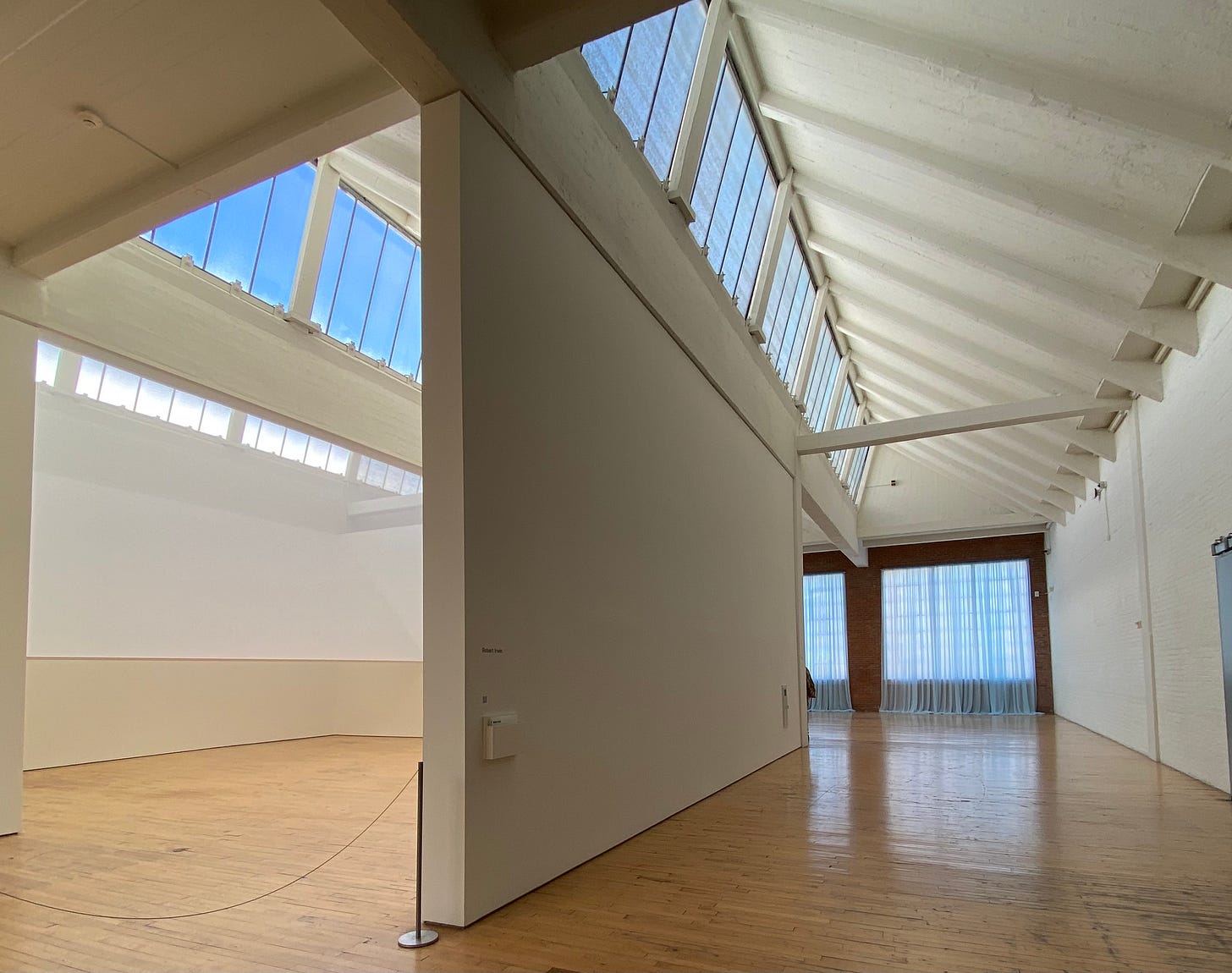
Loverboy
I didn’t expect to see it: pale blue, filmy, queer, like an atmosphere turned into a fabric. “The exhibition just opened,” the guide said as I came in. I was thrilled and I walked right there: Felix Gonzales-Torres’s “Untitled” (Loverboy) of 1989 (GF1989-001), a piece I love. One that I’ve always thought of as “the blue curtains.”
The work is installed on one very long wall on the eastern side of the building; sheer light blue curtains covering every window (with the exception of the emergency exit). It’s the only thing in the room.
I walk up and down the expanse of the space, seeing the way the curtains catch the light. I fall into the dream of the piece.
After I’ve spent some time with Felix Gonzalez-Torres, I walk the galleries, through Sandback and Heizer, passing Flavin and finding myself in Serra. I enter a room filled only with cosmic rays by stanley brouwn. By this point I know I need more time to absorb before I keep looking.
I stop in the cafe and head towards the outdoor tables carrying a decaf cappuccino and a pastry I’m not supposed to eat. Suddenly a woman in white from head to toe is waving and saying, “I’m Sarah.” Hello! It’s Sarah Passino, a poet I’ve been crossing paths with for years. She’s been working at Dia, leading tours of the art. We fall into conversation and a little while later decide to go back to Felix Gonzales-Torres and look at the work together.
We take a circuitous route, walking around the building so that we first pass the window that looks out on the cherries blooming. We pause at an intersection where you can take in both Robert Irwin’s sheer scrim, and Gonzalez-Torres’s sheer curtains in one view.
Then Sarah goes right up and touches the curtains. I’m a little shocked! We can touch the curtain she says, because “they are not the piece.” She continues, “The piece exists whether it is installed or not.” It’s a variable piece, the specifics of which change from situation to situation. The instructions are for pairs of sheer curtains in a readily available light blue fabric to cover the windows in the space. She tells me Jordan, the brilliant curator, simply ordered the fabric online.
At the same time, it is also true that we are touching the body of the piece, and the piece is physically in this place with us. The experience of the piece is happening in us, in our minds and bodies. It is happening as our hands touch the fabric, and lift it to look directly at the Robert Irwin window panes. The fabric is silky and artificial in the hand, fun to play with. It pools on the floor in beautiful undulating folds. “Like a coastline,” Sarah observes.
We watch the light change as the sun goes behind clouds and emerges again. It’s not just one blue we are looking at, it is an infinite number of blues. Sarah talks about the building as a keeper of time, being-time instead of measurement-time, she says, and I don’t think to ask her if she’s invoking Dogen. The time of the train, the time of the factory. A history spoken by the marks on the floor.
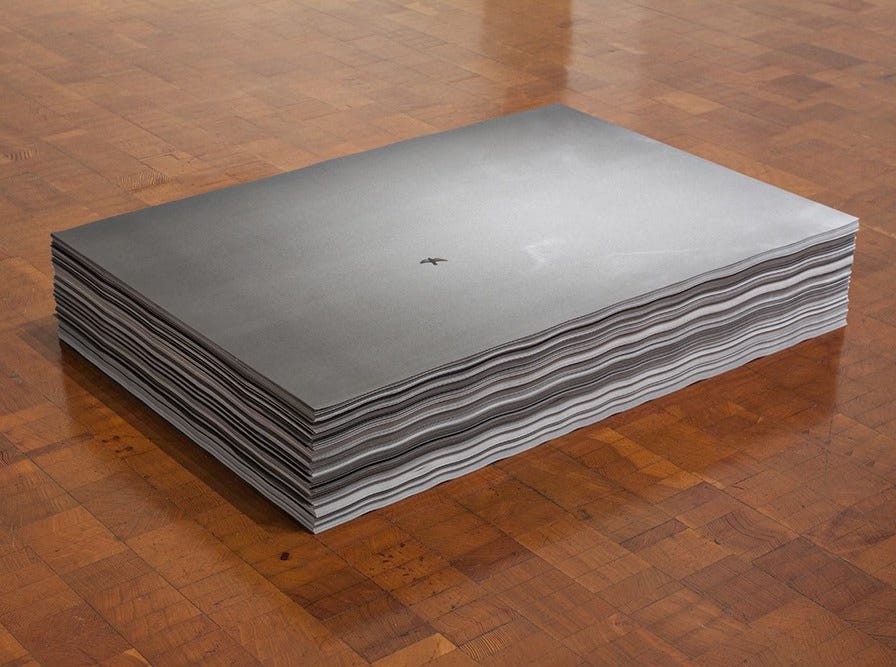
A Bird in the Sky
Sarah asks me about my first heart-moment with Gonzales-Torres’s work. Visiting New York from Provincetown in 1995, I went to the Guggenheim for the big Gonzalez-Torres retrospective.
I remember seeing people leaning down and taking posters from his stacks of paper. At the time, living outside of New York, I was especially sensitive to the sense of hierarchy and constraint in art institutions. The ceremony of those visits was as vivid to me as the art that I was ostensibly looking at.
I could tell, by the behavior of other visitors and by the demeanor of the museum guards, that touching and taking was permitted, even expected. I wanted a poster, but I still had to push through an almost unbearable reluctance, as if the social architecture of “do not touch” was actually a physical, if invisible, barrier.
I did take a poster, I took several, although I don’t think I took them all. I didn’t want to be greedy. The pair I kept on display for years said “Somewhere better than this place.” and “Nowhere better than this place.” (a piece known as “Untitled,” 1989-1990, or GF1990-041). I loved how their meanings flipped in my mind. Sometimes one seemed to be the optimistic version, sometimes the other. I was in a moment of profound change in my life. Something inside me was racing like a train out of control. I feared a terrible crash, and indeed, there was a terrible crash.
Sarah tells me that for fifteen years she carried a poster from move to move, always putting it up in a series of windowless bathrooms, and had not realized until now that it was the work of Felix Gonzalez-Torres: a photograph of a lone bird in the sky.
A bird in the sky was an image Gonzales-Torres used over and over again. There are two very similar paper stack pieces with images of a bird, "Untitled" 1992/1993 (GF1993-003) and "Untitled" 1992/1993 (GF1993-004). One is very slightly larger than the other. I don’t know for sure which one was Sarah’s, but somewhere in my storage space I believe that I have its twin.

Waking Up
Here’s how I imagine it:
Do you remember what it is like to wake up in a strange room? For a moment you do not know where you are, or who is in the bed with you. You turn your head to see their sleeping form. It was a late night, there was dancing, there are substances still circulating in your bloodstream, there was sex and more sex. Your body feels changed, your skin alive, the daylight seems like a new kind of dream. You look up and see curtains lifted by the air coming through the open window. The curtains are sheer, translucent, easily moved by the wind. The mood of the morning turns them blue.
It’s not that I think the curtains are literal, meaning that they are curtains Felix Gonzales-Torres actually saw. They might be, or not. Either way, the narrative lies outside the work. And yet, the story forms inside me and becomes part of my own experience of the work.
The curtains layer on each other, all of the many versions of the piece that I’ve seen or seen pictures of. With every addition they get bluer. It’s a mind-blue as much as a visual blue.
In the eighties and nineties, we queers referred to our partners as lovers. You never forgot that sex was part of the story. I liked the way the word felt on the tongue, but when everyone stopped saying it, I did too. When Felix Gonzales-Torres made this piece, his lover, Ross Laycock, was still alive. Ross Laycock died of AIDS-related complications in 1991. Gonzales-Torres lived on without him until 1996.
Loverboys are lovers, they come (as Sarah says*) in pairs, as the curtains do. The pale blue, the blue of baby boys, baby baby, be my baby. Light blue, blue light. The blue hours of the morning, the blue hours of the night. The blue is a feeling, right at the edge of pleasure and grief.
P.S.
Sarah writes in: “I believe in many numerical configurations of love, not just the pair! But, yes, these curtains do read as two's and embrace to me as well as one's.” I can only agree! Love comes in many numerical configurations. May we all be embraced.
Big thanks to Sarah for her conversation and insight.
Felix Gonzales-Torres
Felix Gonzales-Torres’s “Untitled” (Loverboy) is on view at Dia Beacon through spring 2025.
More Felix Gonzales-Torres on The Uses of Art:
The Taste of Public Opinion: Felix Gonzales Torres
Dear Friends, For some time now I’ve been thinking of the relation between contemporary art and Zen Buddhism—this week I take up the question of whether we can approach works of art as koans and what that would mean for our experience of them. You can watch a slightly different version of…
Sarah Passino
You can read some of Sarah Passino’s work here and here.
Further adventures and new ways of seeing can be found in my book, The Uses of Art.
Artist Sal Randolph’s THE USES OF ART is a memoir of transformative encounters with works of art, inviting readers into new methods of looking that are both liberating and emboldening.
Dazzlingly original, ferociously intelligent.
— Michael Cunningham
A joyful, dazzling treasure-box of a book.
— Bonnie Friedman
Here’s a guide, to waking up, over and over again.
— Roshi Pat Enkyo O’Hara


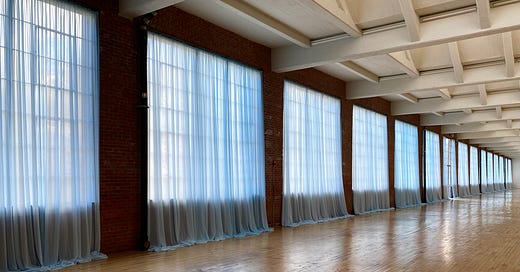


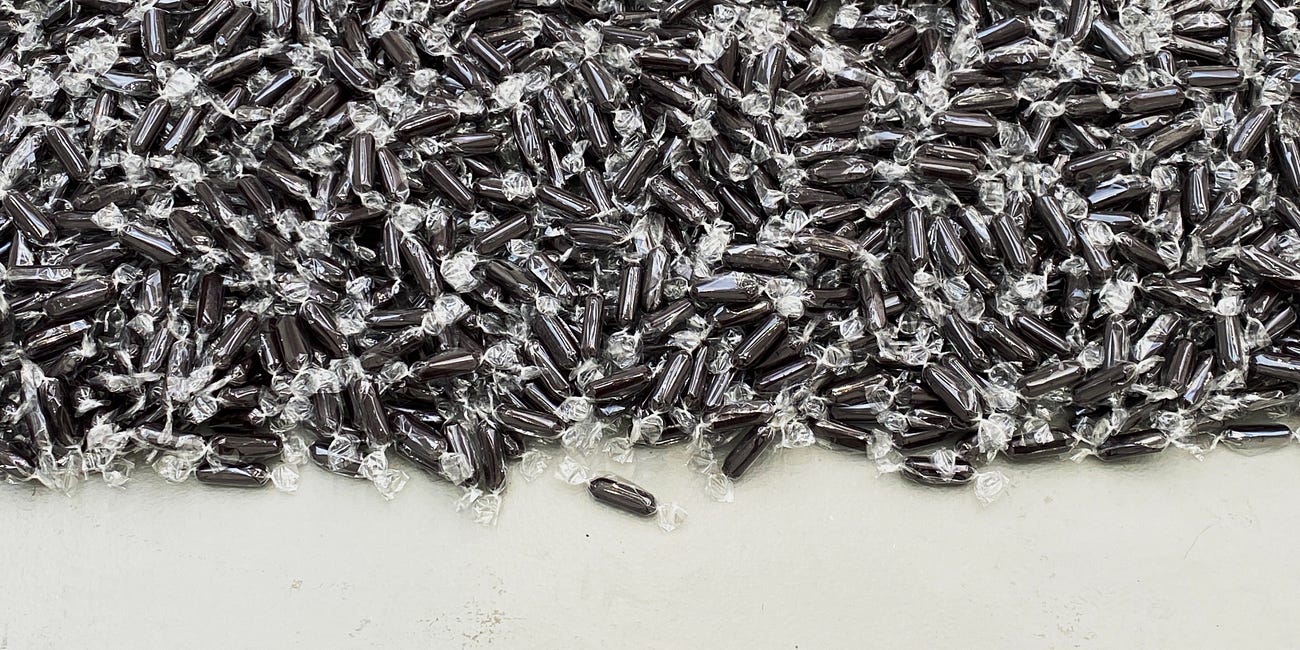
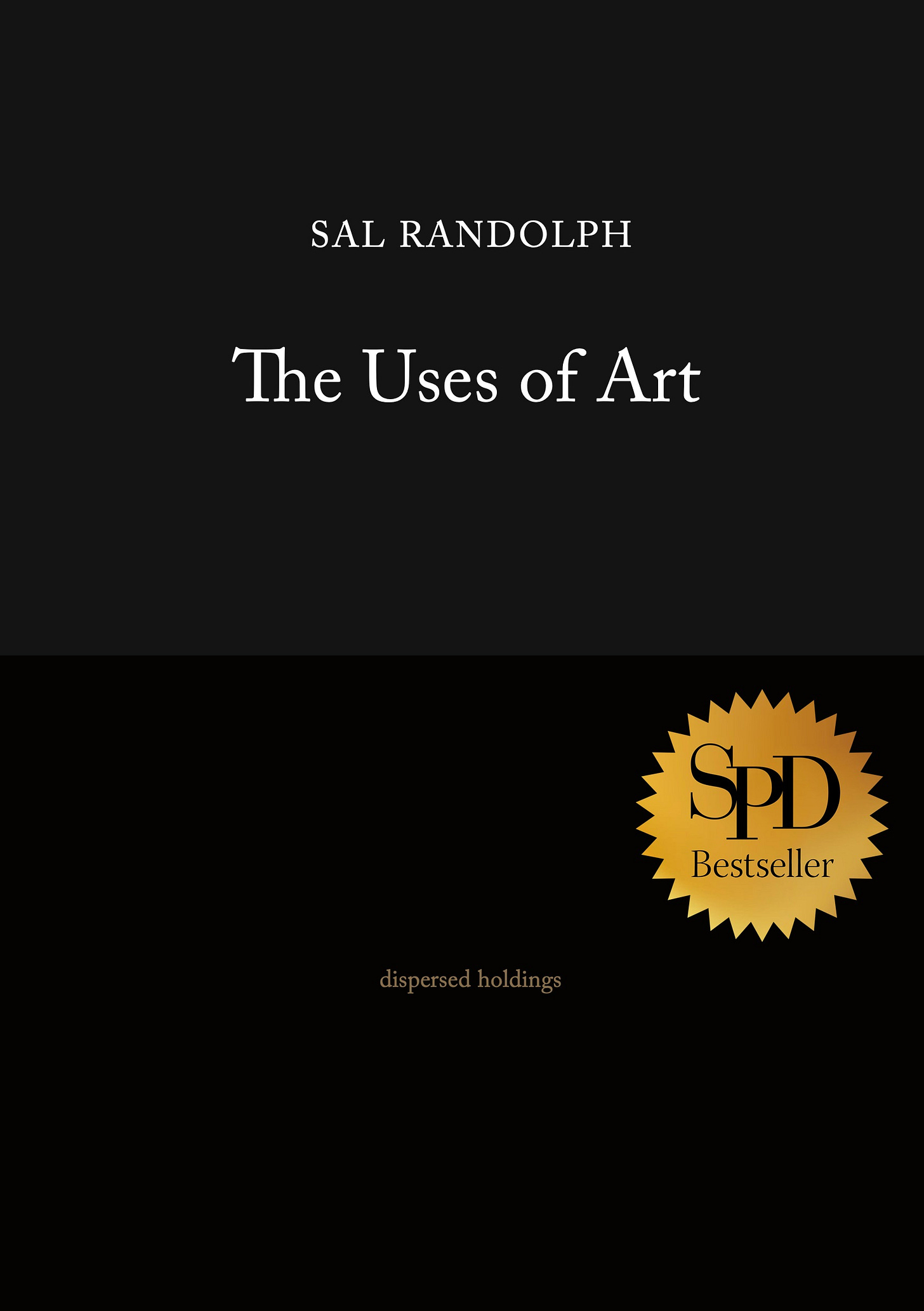
I loved this.
“The experience of the piece is happening in us”. You were there. I wasn’t. Yet, your writing and the photographs made the piece happen in me too. So, I was there as well. And, yet, I’m on the other side of the Atlantic.
Such great writing.
This is so beautiful. Thank you. "And yet, the story forms inside me and becomes part of my own experience of the work," you're helping put words to what I'm up to. I'm so moved. I wrote a pained piece about Fred Sandback because I knew him in childhood and when I saw these DIA rooms my heart caught in my throat. And then as a lesbian, you got me twice here. I'm so moved.